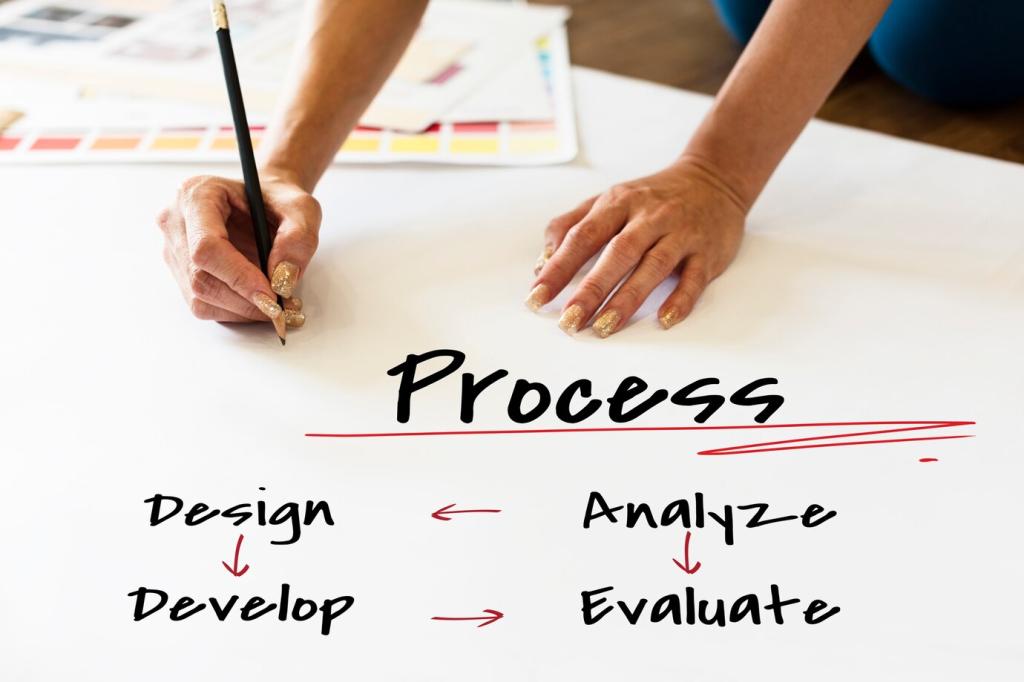Strategy Is Choice: Deciding What You Will Not Do
Articulate a crisp where-to-play and how-to-win, then align capabilities and management systems accordingly. Make the cascade visible to your leaders. When confusion spikes, revisit the choices, not the tasks. Clear choices reduce hidden work and make accountability unambiguous across the enterprise.
Strategy Is Choice: Deciding What You Will Not Do
Run a pre‑mortem to surface failure modes before committing. Separate irreversible moves from reversible ones. Move quickly on reversible decisions, and slow down just enough for one‑way doors. Invite dissent to strengthen the decision, then communicate the rationale and criteria for future revision.
Strategy Is Choice: Deciding What You Will Not Do
Replace dense decks with a written narrative that explains the problem, alternatives, risks, and the chosen path. Narratives reveal gaps and force causal logic. Ask leaders to mark unclear claims in the margin. Share your best narrative tip in the comments for executive peers.







